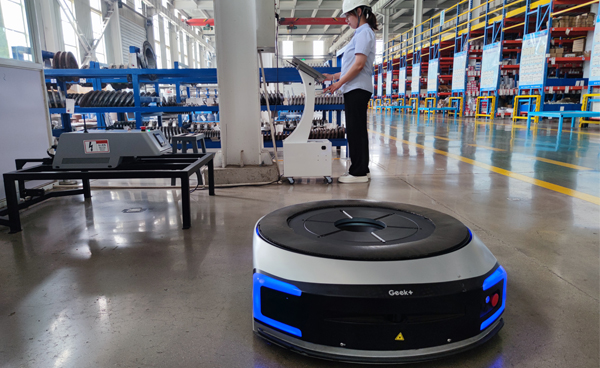
10 月 . 17, 2024 18:39
Back to list
Pressure Regulation Valve Solutions for Efficient System Performance
Understanding Pressure Regulating Valves
In many industrial applications, maintaining the correct pressure levels is crucial for both operational efficiency and safety. One of the key components used to achieve this is the pressure regulating valve (PRV). Specifically, this article delves into the significance of these valves, their working principles, and their application across various fields.
What is a Pressure Regulating Valve?
A pressure regulating valve is a device designed to maintain a consistent output pressure despite variations in the input pressure or downstream demand. It is crucial in controlling fluid systems, ensuring that the pressure remains within acceptable limits to protect equipment and ensure safety. By automatically adjusting the flow of the fluid, a PRV prevents excess pressure from causing damage to pipelines or equipment.
How Does a Pressure Regulating Valve Work?
The basic operation of a pressure regulating valve can be understood through its main components the valve body, the diaphragm, and the spring mechanism. When the input pressure exceeds the set pressure, the diaphragm moves against the force of the spring, allowing fluid to escape through the valve. Conversely, when the downstream pressure decreases, the spring pulls the diaphragm back into place, tightening the valve and restricting the flow.
This feedback loop allows the PRV to adjust in real time, ensuring that the output pressure remains stable. The set point of pressure can often be adjusted manually or automatically, depending on the design of the valve, to accommodate different operational needs.
Applications of Pressure Regulating Valves
Pressure regulating valves are used in a wide array of applications across various industries. Here are some key areas where PRVs play a vital role
.
2. Oil and Gas Industry In the oil and gas sector, maintaining the right pressure is crucial for safe operations. PRVs are used in gathering lines, processing facilities, and distribution networks to ensure that equipment operates within safe pressure limits.
صمام تنظيم الضغط

3. HVAC Systems In heating, ventilation, and air conditioning (HVAC) systems, pressure regulating valves help manage the pressure of steam or hot water in heating systems. This ensures efficient heating while minimizing the risk of system failures.
4. Chemical Processing The chemical industry relies heavily on precise pressure control for reactions and operations. PRVs are essential for maintaining the necessary pressure levels in reactors and distillation columns, ensuring product quality and safety.
5. Medical Equipment In the healthcare sector, PRVs are critical for the safe operation of various medical devices, including anesthesia machines and oxygen delivery systems. They ensure that patients receive the correct dosage of gases under controlled pressure.
Advantages of Using Pressure Regulating Valves
The introduction of pressure regulating valves brings several benefits to industrial and commercial applications. These advantages include
- Safety By maintaining safe pressure levels, PRVs reduce the risk of accidents caused by overpressure situations.
- Efficiency Proper pressure regulation can enhance the overall efficiency of a system by optimizing energy consumption and reducing waste.
- Equipment Longevity By preventing pressure surges, PRVs help extend the lifespan of pumps, pipelines, and other equipment, reducing maintenance costs and downtime.
- Customization Many PRVs offer adjustable settings, allowing operators to adapt systems to meet changing demands easily.
Conclusion
Pressure regulating valves play an essential role in a wide range of applications, from municipal water supply systems to complex industrial processes. Their ability to maintain consistent output pressure not only enhances safety and efficiency but also contributes to the longevity of equipment. As industries continue to evolve and innovate, the importance of reliable pressure control mechanisms like PRVs will only grow, solidifying their place as critical components in fluid management systems worldwide. Understanding their functionality and applications can lead to better decision-making in the choice and implementation of these vital devices.
Next:
Latest news
-
Unlocking The Quality Gas Pressure ReducersNewsNov.01,2024
-
The Role of Gas Pressure Reducing StationsNewsNov.01,2024
-
The Importance and Functionality of Safety Relief ValvesNewsNov.01,2024
-
The Essential Role of Safety Valves in Natural Gas ApplicationsNewsNov.01,2024
-
The Essential Role of Gas Pressure RegulatorsNewsNov.01,2024
-
Enhance Your Premium Gas FiltersNewsNov.01,2024

